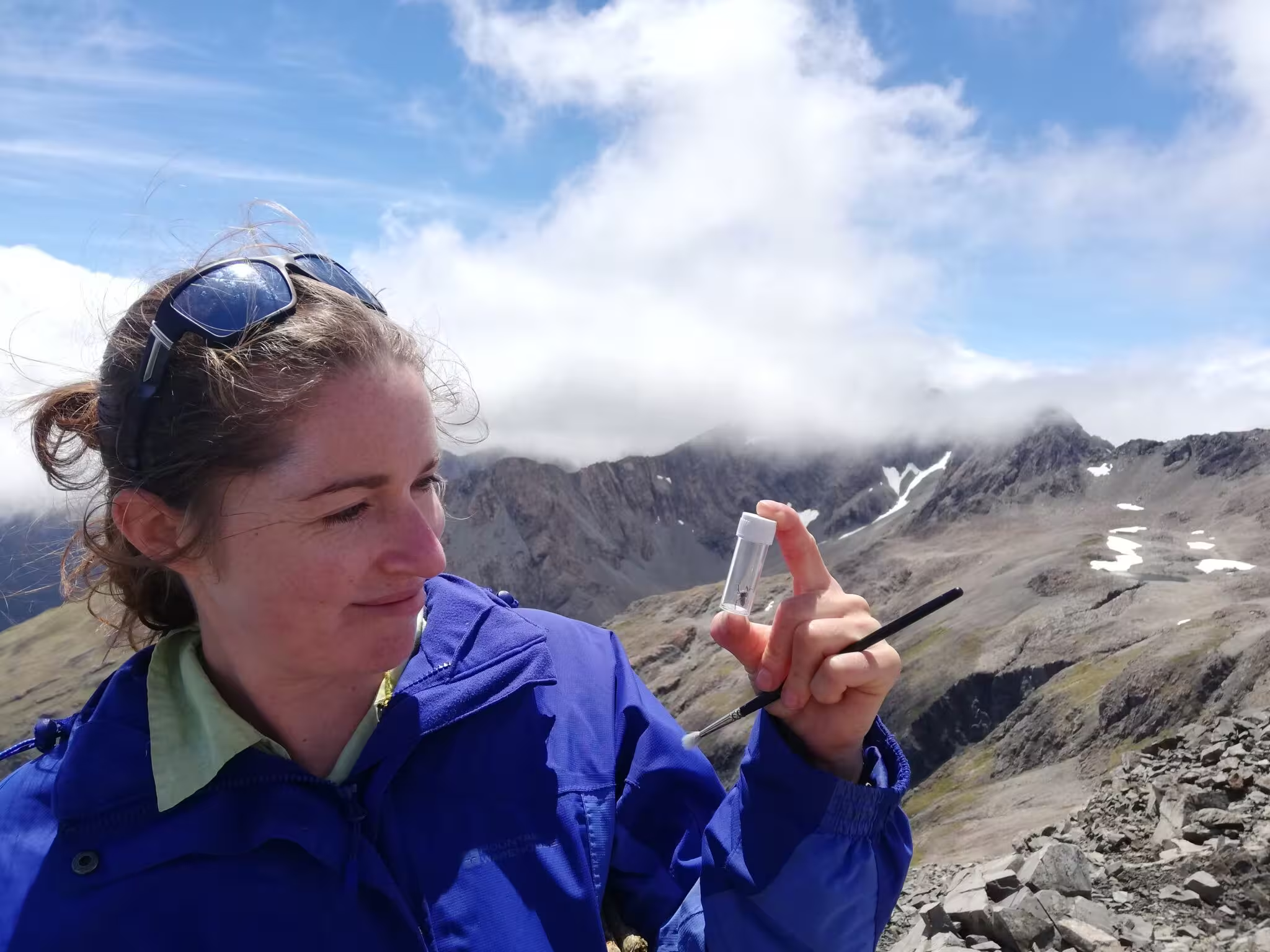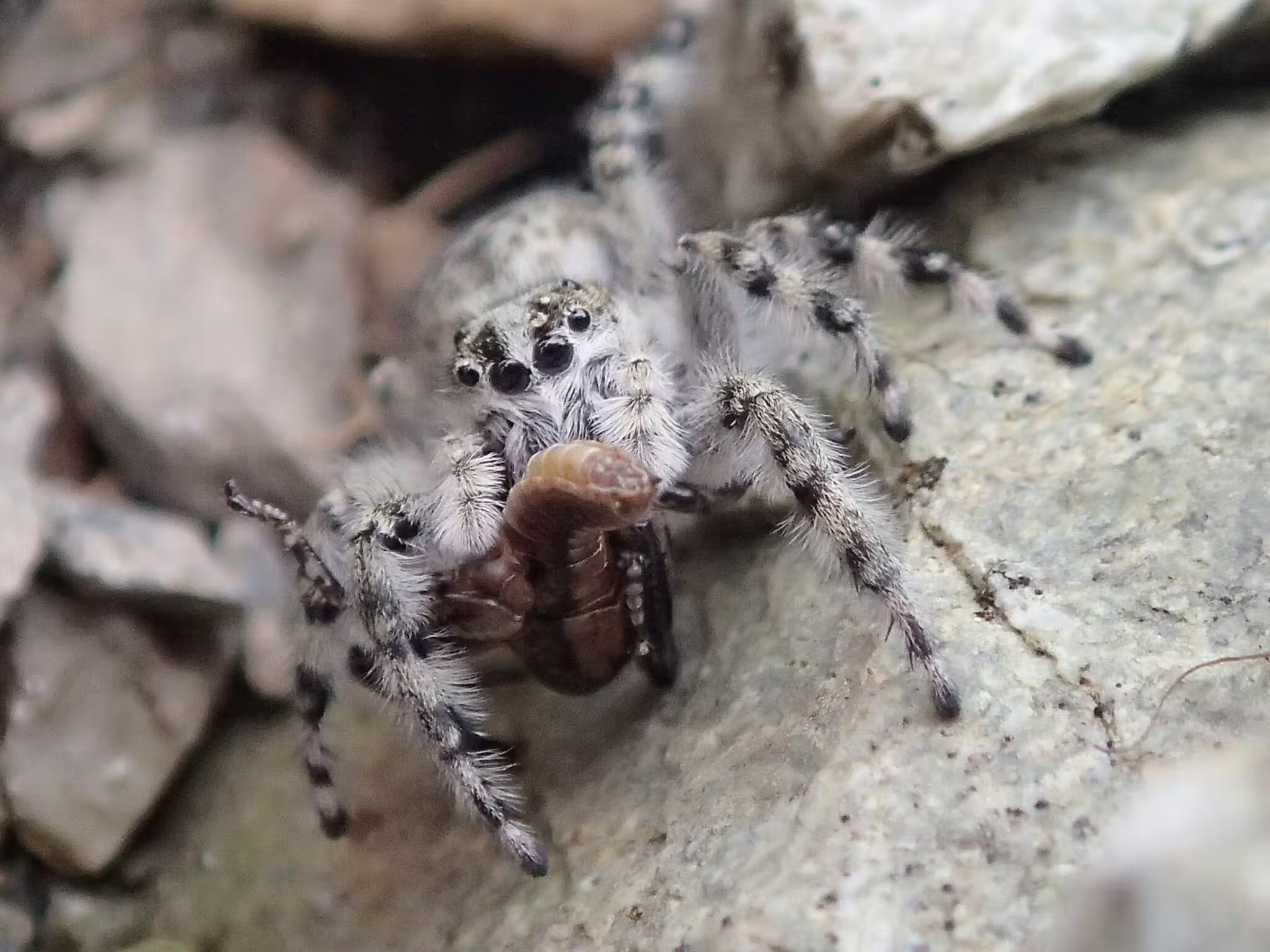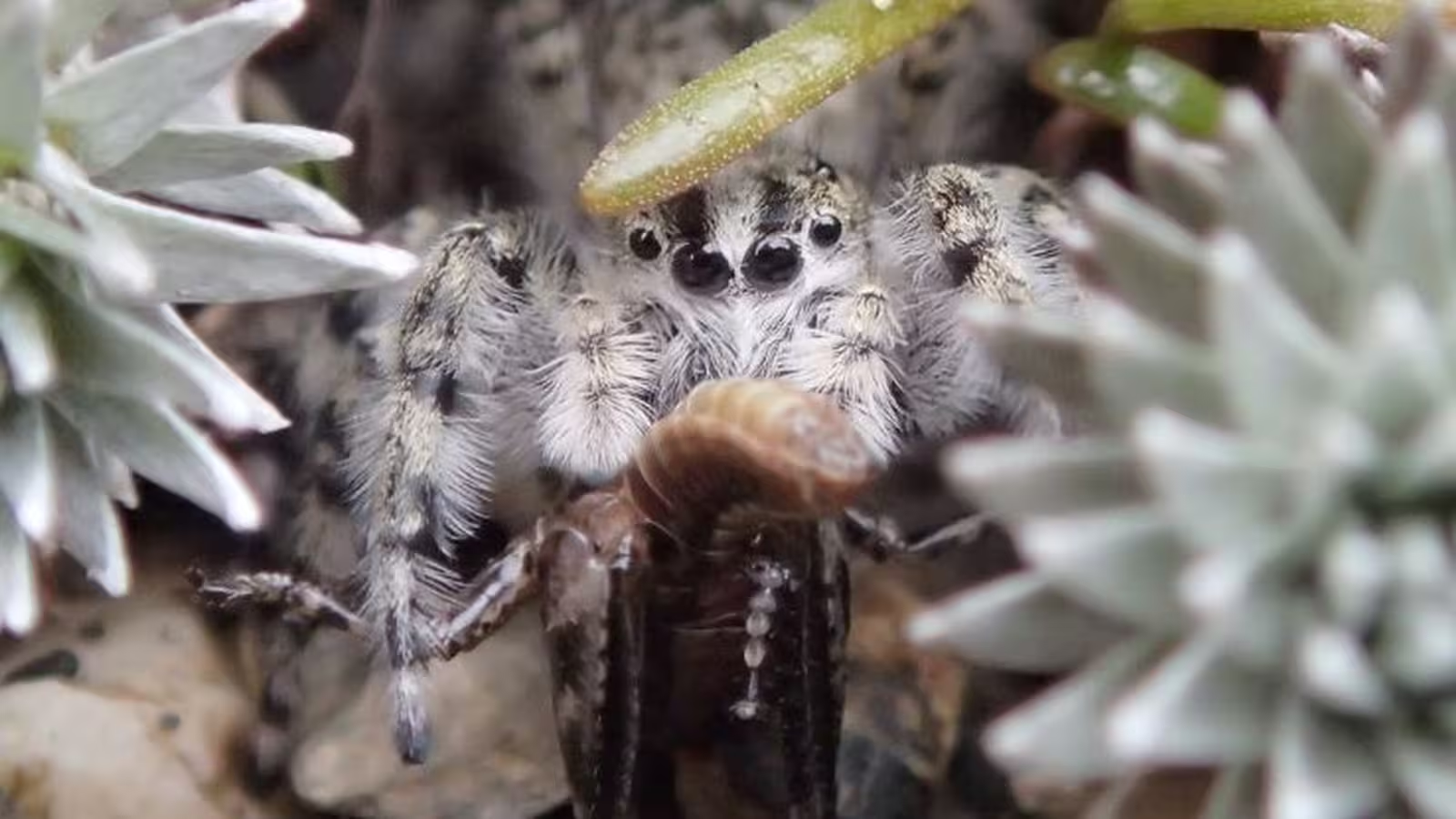3 Minutes
Discovery of a Hidden Biodiversity in New Zealand's Alpine Zones
A remarkable scientific breakthrough has unveiled an entire genus of jumping spiders, previously unknown to science, inhabiting the challenging alpine environments of New Zealand’s South Island. The newly identified genus, named Ourea after the mythological Greek gods of mountains, encompasses 12 distinct species—each expertly camouflaged against the rocky terrain and virtually invisible until they move. This discovery significantly expands our understanding of arachnid biodiversity within the region’s isolated, high-altitude ecosystems.

Extreme Alpine Habitats: Challenges and Adaptations
The alpine zones of New Zealand comprise approximately 11% of the nation’s land area, sitting above the treeline but below the permanent snowline. Conditions in these high elevations are harsh and variable, exposing inhabitants to intense ultraviolet radiation during the summer, prolonged periods under snow and ice in winter, fierce winds reaching up to 180 km/h (112 mph), and a broad temperature range from -15°C to 27°C (5°F to 80°F). Only highly specialized organisms, such as the newly described Ourea spiders, have evolved the adaptations necessary for long-term survival in these extreme conditions.
Expedition and Identification: Unveiling the Genus Ourea
A dedicated team of biologists—Robin Long, Cor Vink, and Adrian Paterson from Lincoln University—undertook intensive fieldwork across both alpine and subalpine rocky terrains on New Zealand’s South Island. Through persistent effort, they collected over 170 specimens, often capturing the spiders either dashing across rocky surfaces or sheltering within silk-lined crevices beneath rocks. According to the researchers, these spiders possess exceptionally cryptic coloration and morphology, making them virtually indistinguishable from their rocky surroundings unless in motion. Notably, the majority of newly discovered species are confined exclusively to the alpine zone, with only two showing a broader distribution just above the treeline.

Ecological Niche and Camouflage
Many Ourea spiders displayed a marked preference for rocks encrusted with crustose lichens. The scientists suggest that lichens offer greater substrate stability and may foster microhabitats teeming with suitable prey species, further supporting the spiders’ survival. Differentiation among the 12 new species relied primarily on close microscopic analysis of reproductive structures—a standard taxonomic approach when identifying jumping spiders (“Salticidae” family), as external appearances are often misleading due to their adaptive camouflage.
Scientific Significance and Future Outlook
The identification of Ourea brings significant attention to New Zealand’s underexplored diversity of jumping spiders. Prior to this discovery, only about one quarter of the nation’s native jumping spider fauna had been formally described in scientific literature. The high specialization and elusive nature of these alpine dwellers highlight the importance of ongoing biodiversity research in remote and climatically extreme locations. According to the researchers, “These previously undescribed spiders reveal just how much remains hidden in New Zealand’s unique high-altitude ecosystems.”
Conclusion
The revelation of the Ourea genus from among the rocky outcrops of New Zealand’s South Island marks a significant advance in the cataloging of the region’s arthropod diversity. This discovery underscores the critical role of fieldwork in remote habitats and demonstrates how much is yet to be learned about the resilience and adaptation of life in extreme environments. As research continues, scientists anticipate that many more cryptic species await discovery, offering new insights into evolutionary processes, alpine ecology, and the hidden web of life thriving atop New Zealand’s mountainous landscapes.
Source: doi



Comments